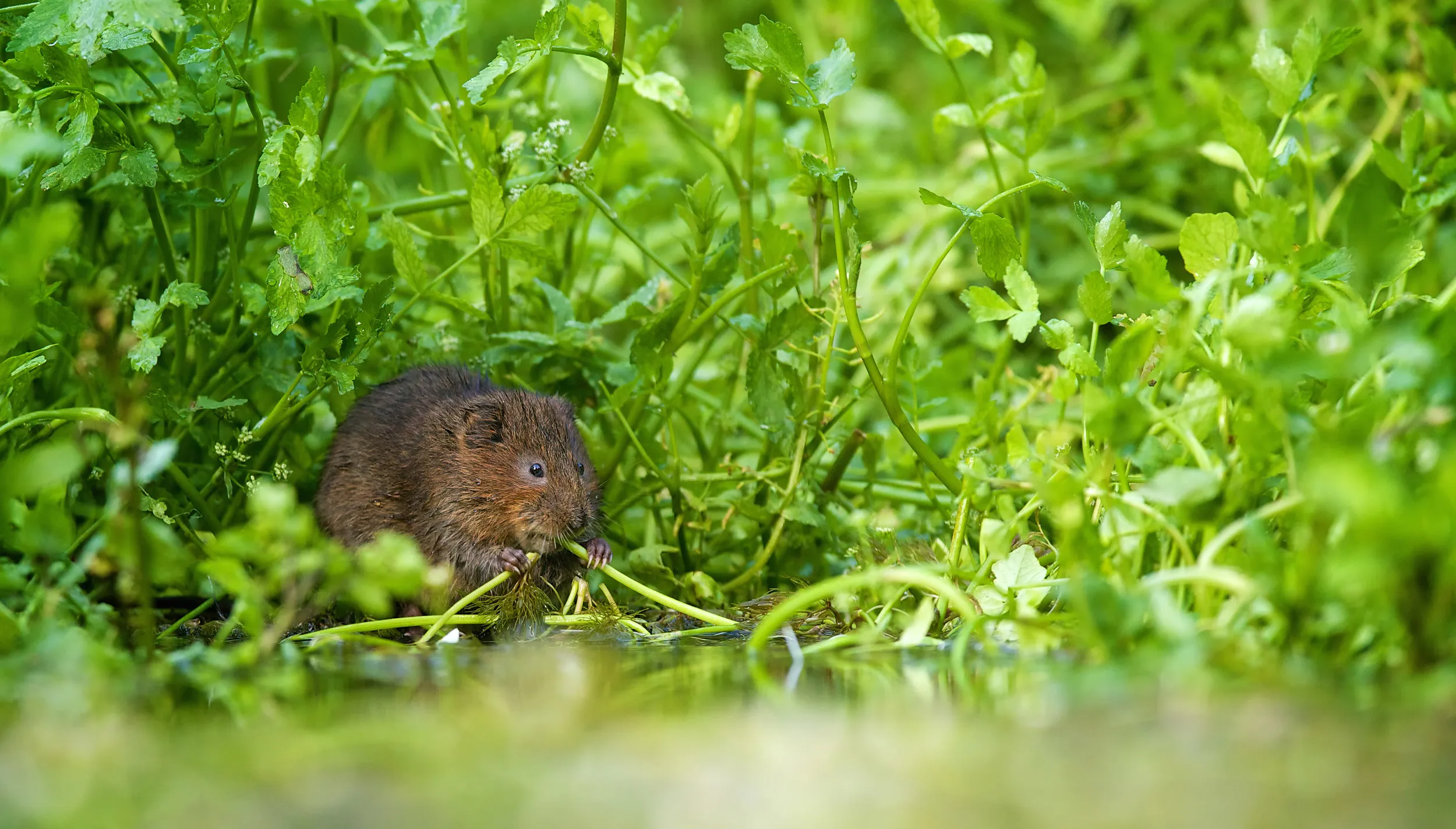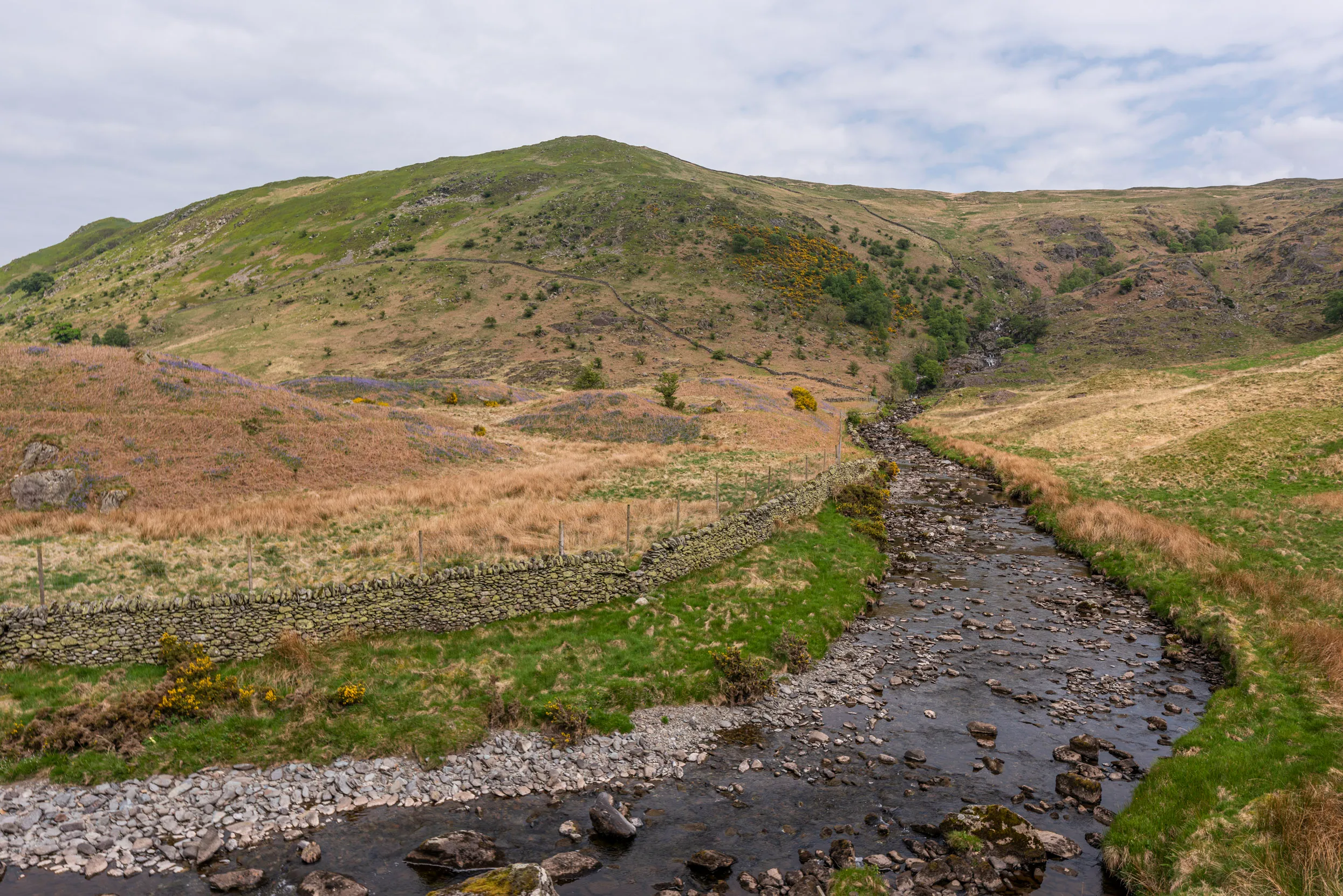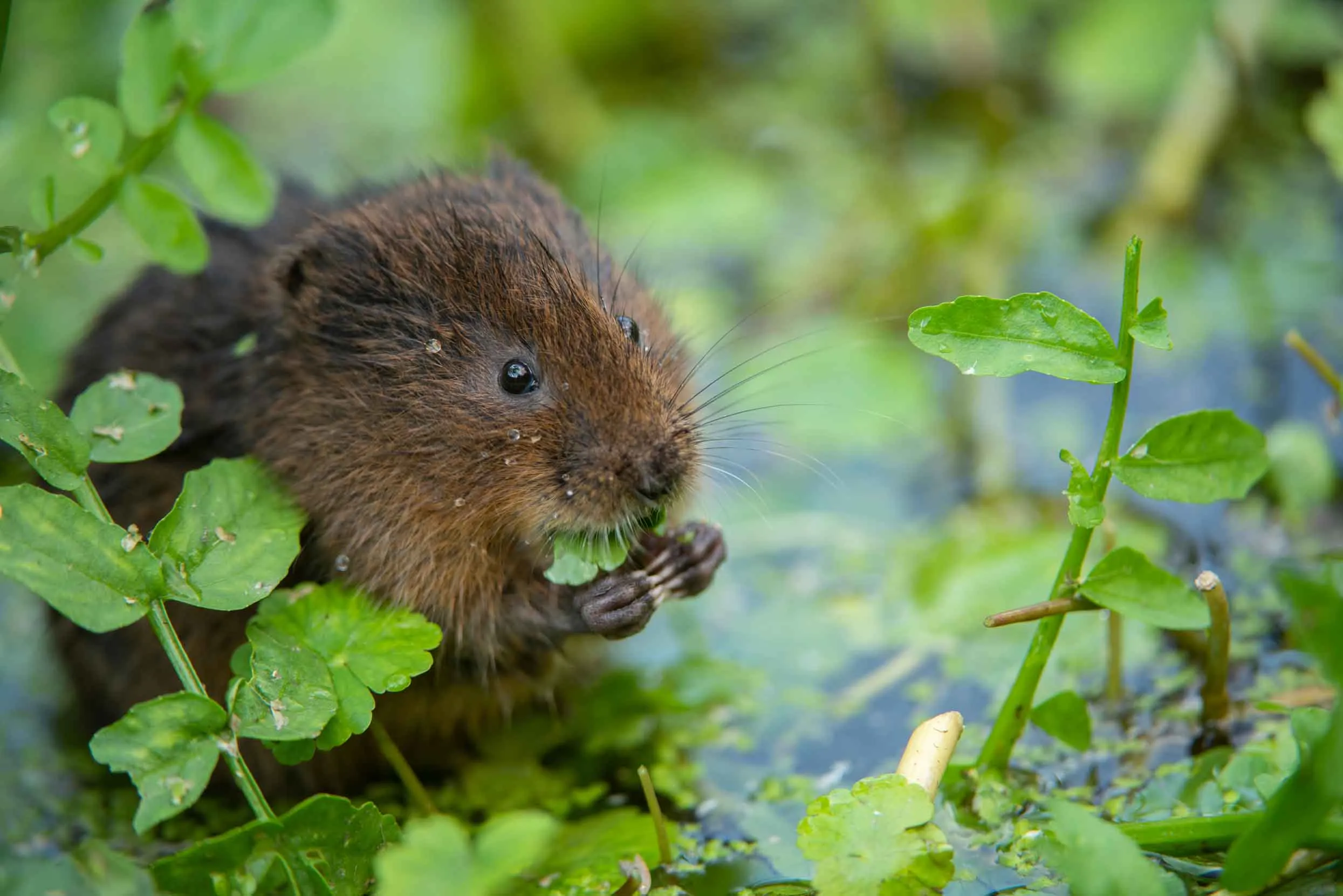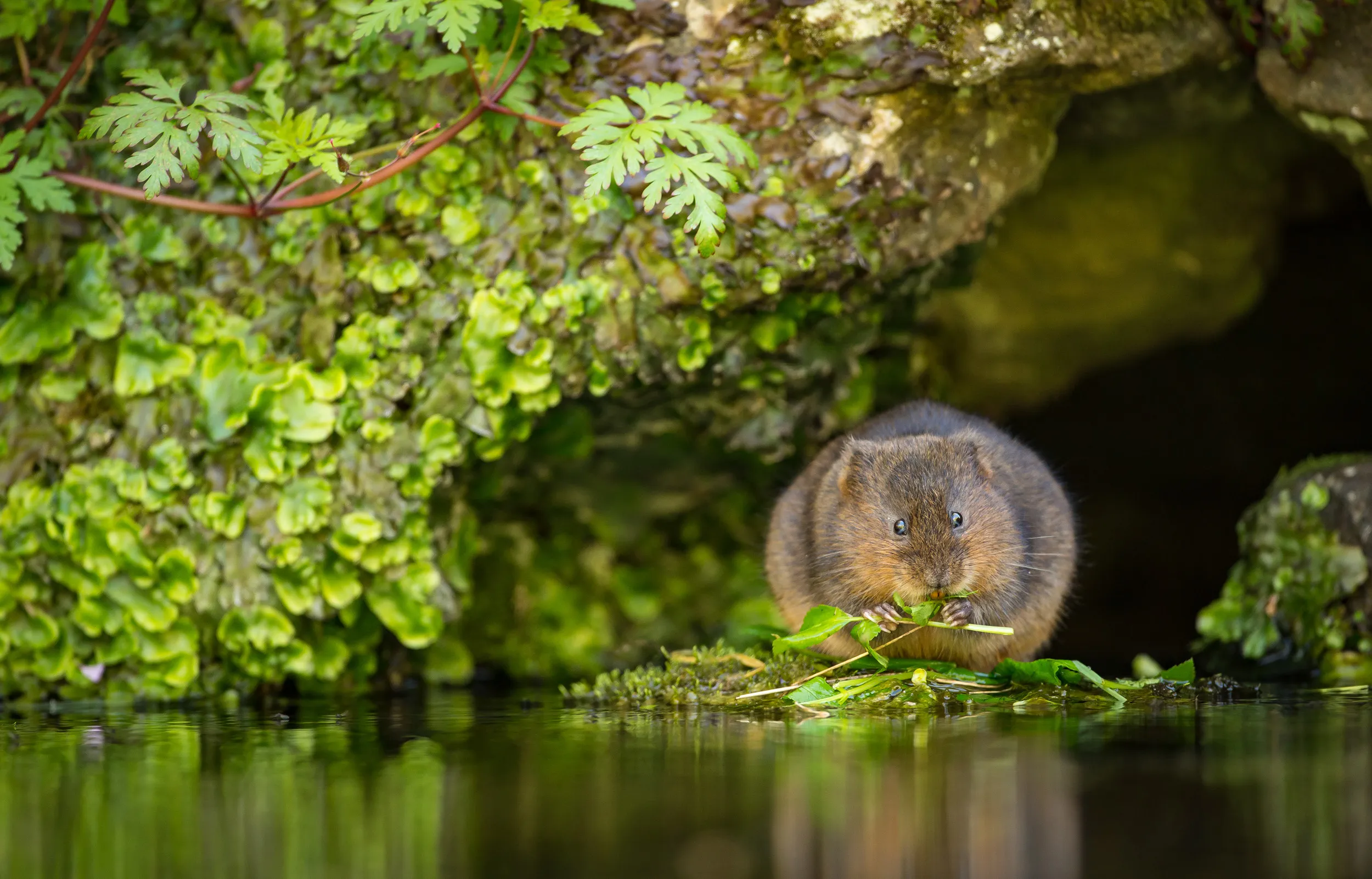News
Population of UK’s tallest bird hits record-breaking high
More than 250 Cranes now grace the UK’s wetlands, the highest level since these elegant birds were lost from these lands...
Much adored, especially thanks to the lovable Water Vole, Ratty, in Wind in the Willows, these furry, whiskered mammals were once a common sight in our rivers. But Water Voles have now all but vanished from the Lake District.

Once a common sight in our rivers, these furry, whiskered mammals have vanished from the Lake District. To try and rectify this, we, along with other environmental organisations and landowners have worked together to bring back the much-loved Water Vole on the RSPB nature reserve at Haweswater and Lowther.
Water Voles are really struggling in the UK. Over the last century, they’ve disappeared from 94% of rivers, streams, lakes and other wetland habitats where they once thrived.
Water Voles are being virtually wiped out - mainly due to habitat loss, pollution and the rapid spread of the invasive, non-native American Mink, which preys on Water Voles. Defenceless against the Mink, which can follow Water Voles into their nests, whole colonies have been decimated.

Often mistaken for Brown Rats, Water Voles are our largest species of vole. They like to live beside rivers, canals and other bodies of water, where they can dig burrows in the soft mud.
Take a wander by the right river or stream and you might see a blur of brown fur disappearing into the tall grass, which provides shelter and food for them.
There's nothing quite like hearing the gentle ‘plip’ as a Water Vole slips into the water’s edge and paddles away. But today, it’s an all too rare sound.
“For the first time in around 400 years, Beavers and Water Voles can begin to live alongside each other in Cumbria. Beavers and water voles co-exist happily. The more dams created by beavers, the higher the water table. This in turn gives voles greater access to wider feeding areas. For their part, the voles help the growth of a variety of wetland plant species – species that have previously been out-competed by monoculture. All this helps to create a diversity of soil structures which in turn brings in more diversity.”

Before we could release the Water Voles, the threats had to be addressed. A huge amount of work went into improving habitats and controlling non-native predators ahead of the Water Vole re-introduction.
To ensure a successful release, Water Vole ecology specialists, Derek Gow Consultancy, helped to find suitable sites and supply captive-bred voles that are closer to the genetic make-up of voles that would have once been more widespread in Cumbria.
Eventually, everything fell into place. The Water Voles were ready, and they were gently released. It was such a joy to see them scurry from their travel pens out into the open. They’re now settling into their new homes on the RSPB nature reserve at Haweswater and Lowther.
“The conditions must be right to successfully re-introduce water voles and a wide range of partners have worked closely with us to get to this point... Lowther Estates and the RSPB/United Utilities’ commitment to landscape-scale river restoration and habitat improvement projects has created the variety of river and wetland habitats needed for water voles to thrive.”
River conservation charity, Eden Rivers Trust (ERT) was awarded money from the Environment Agency’s Water Environment Improvement Fund (WEIF), The Moorhouse Fund (Cumbria Community Foundation) and Ernest Cook Trust to work with landowners and volunteers to find suitable sites, make necessary improvements to habitats and take steps to control non-native predators ahead of this summer’s re-introduction.
Thanks to the huge effort from conservationists, landowners and volunteers. The successful release of the water voles is a result of a partnership project between Eden Rivers Trust, The Environment Agency and the Cumbria Connect programme.
“We are thrilled to witness the water voles’ return to Haweswater, a testament to 12 years of dedicated landscape recovery in collaboration.”
